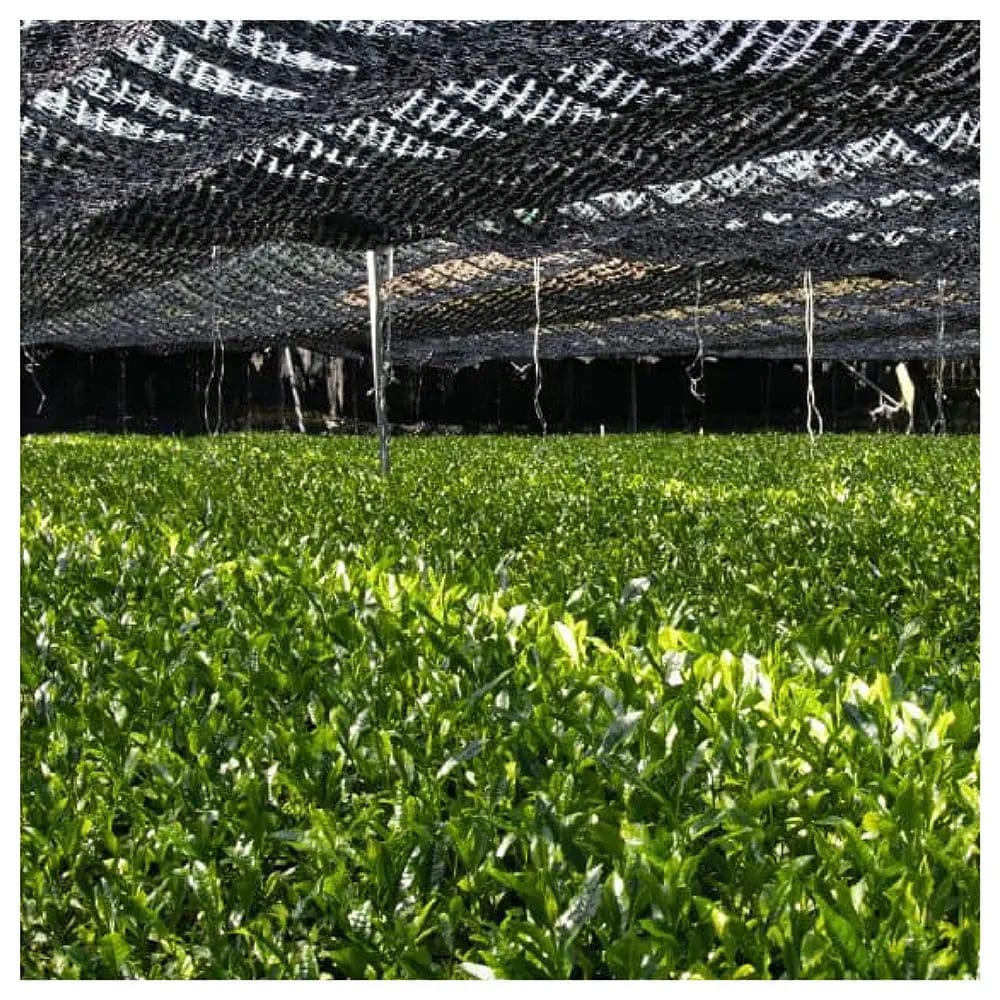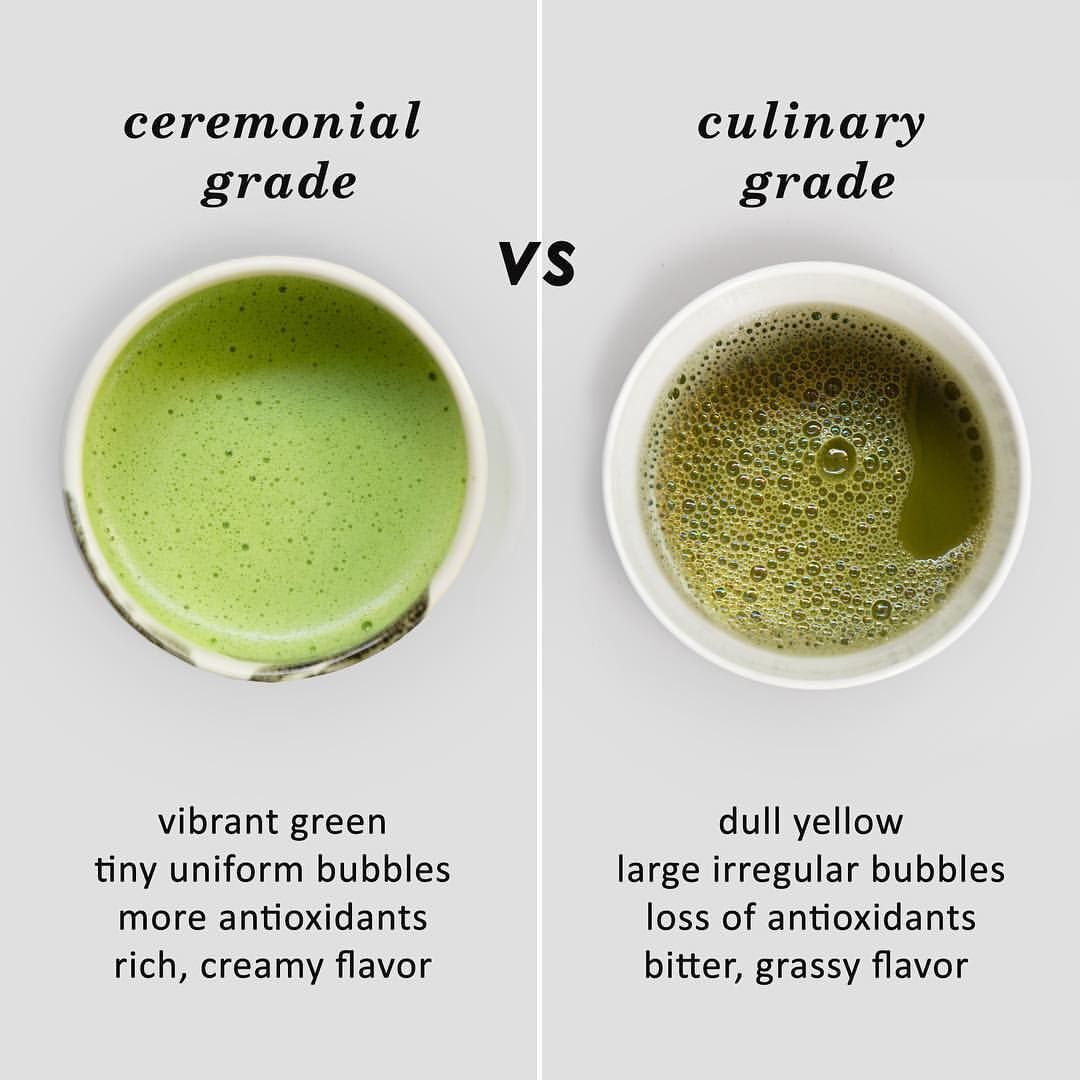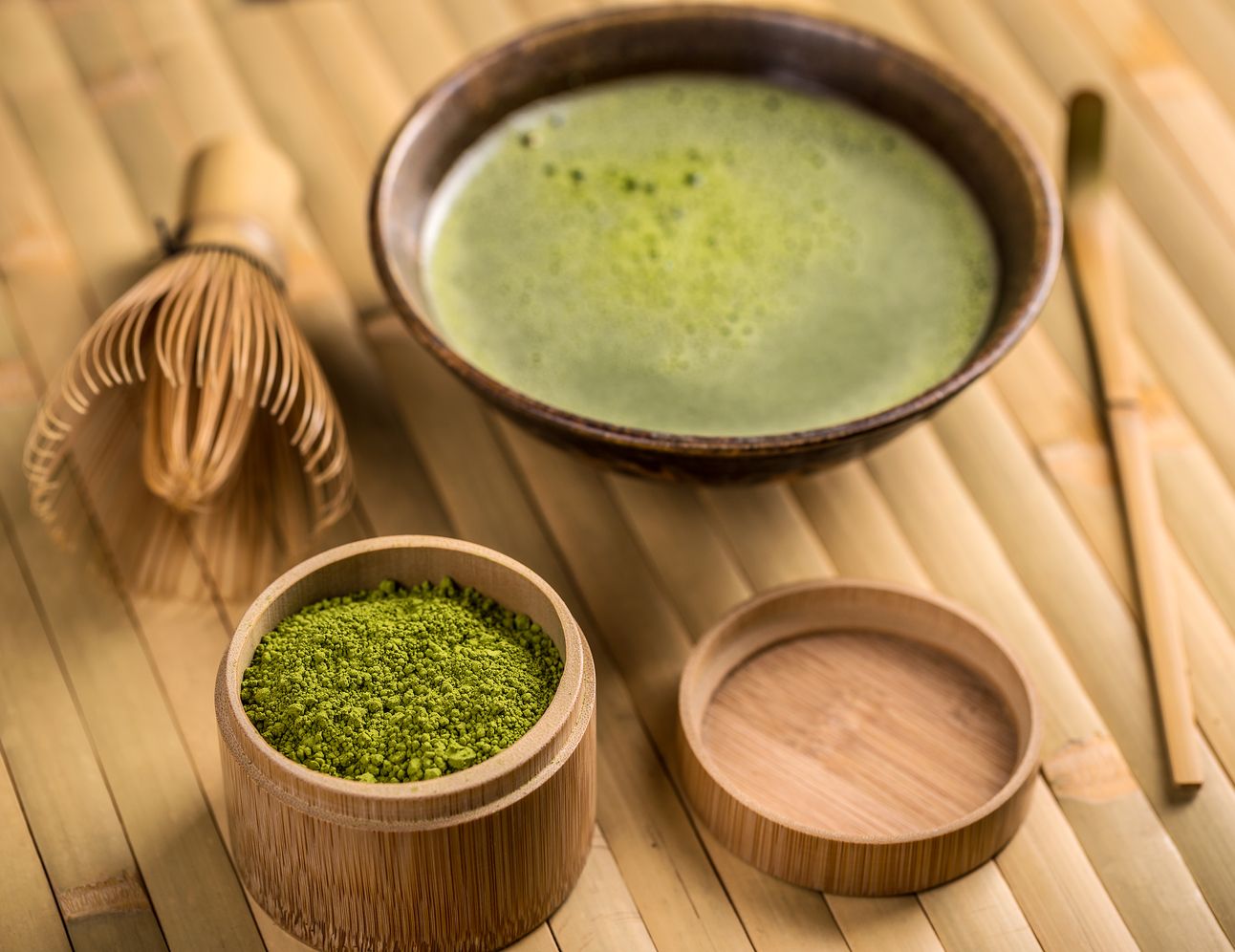- UR Happy Place's Newsletter
- Posts
- The Charm of Matcha Tea: Episode 1
The Charm of Matcha Tea: Episode 1
Discover the History, Health Benefits, and Unique Charm of Matcha Tea!

Dear Tea Loving Family!
Happy Blessed New Year to you and your loved ones! Did you have a fulfilling holiday season and year-end? While spending quality time with loved ones is always lovely, are you starting to miss the calm and order of daily life? If so, let’s take a moment together over a cup of tea to lighten our hearts and embrace the first week of the new year.
What kind of tea are you drinking right now? As I sit here with a matcha latte, thinking of all of you who might read this, I’m spending a warm afternoon crafting this newsletter. Do you like matcha? Or maybe you’ve heard of it but haven’t tried it yet? Perhaps you’re intrigued but unsure about its distinct taste or powdered form? Matcha has been gaining popularity in the U.S. since 2000—from Starbucks’ matcha lattes to matcha bubble tea, matcha cheesecakes, and more.
As tea lovers with open minds, shall we explore matcha together?
In this newsletter, we’ll explore matcha's history, the differences between matcha and regular green tea, its health benefits, the contrasts between Chinese and Japanese matcha, and even how matcha compares to coffee. While I’m no expert—just a passionate tea enthusiast—I hope we can learn and grow together by sharing insights and experiences.
📚 The Glorious History of Matcha
Matcha’s journey began during China’s Tang Dynasty (618–907), when tea leaves were steamed and compressed into bricks for easy storage and trade along the Silk Road. In the 12th century, a Japanese monk named Eisai introduced this unique tea to Japan after studying Zen Buddhism in China. Over time, Japan developed matcha into a refined and elegant tea.
Japanese vs Chinese Matcha
Japanese matcha: Finely ground using traditional stone mills, smooth with rich umami.
Chinese matcha: Roasted, resulting in stronger, more bitter, earthy flavors ceremony culture we know today.
💚 The Special Birth Story of Matcha: A Labor of Love and Time
It takes 3-4 years for young tea plants to produce their first leaves. Like raising a child, tea plants grow slowly under warm sunlight, rain, and the careful attention of their cultivators.
In the final 3-4 weeks before harvest, the tea plants receive special care. Delicate screens made of straw or mesh shade them like a mother's embrace. Under these loving shadows, remarkable changes occur:
Young shoots develop a deeper green color
Bitterness decreases while umami deepens
Theanine content increases, offering a sense of calm to drinkers
Only the most tender first leaves are carefully hand-picked. This matcha, crafted with time and dedication, becomes more than just tea - it's a precious gift of nature and human care.

This shading blocks up to 90% of sunlight, which triggers changes in the plant's chemistry
Japan’s top matcha-producing regions include:
Uji (Kyoto): Known for its rich flavor and vibrant color.
Shizuoka: Renowned for its clean, grassy taste.
Nishio (Aichi): Famous for its deep umami flavor.
💝 Choosing the Right Matcha
Matcha comes in two main grades: ceremonial (for drinking) and culinary (for cooking). To select a high-quality ceremonial matcha, look for:
Bright green color
Smooth, fine powder
Naturally sweet umami flavor
To prepare it traditionally, use a bamboo whisk to mix the powder in a zigzag motion for a more refined taste.

Ceremonial matcha is best enjoyed traditionally as a pure tea whisked with hot water, while premium matcha is versatile and can be used in lattes, smoothies, baking, and cooking to add flavor and nutrition to various dishes and beverages.
💪💚 The Health Benefits of Matcha
Let’s uncover the magical health benefits packed into every cup of matcha:
Antioxidant Powerhouse: Matcha is loaded with antioxidants that combat inflammation and support heart health.
Focused Calm: L-theanine promotes relaxation while enhancing focus, like a serene lake bringing clarity and peace.
Natural Detox: Chlorophyll, the green pigment in matcha, helps cleanse the body and renew vitality.
Boosted Metabolism: Matcha can increase metabolic activity, aiding fat burning while providing sustained energy.
Since matcha is packed with beneficial ingredients and also contains caffeine like coffee, why not incorporate it into our lives little by little?
🍵Afternoon Matcha: A Gentler Path to Focus and Calm😌
Let me share why matcha makes such a perfect afternoon companion. While both coffee and matcha contain caffeine, they affect our bodies quite differently:
☕️ Coffee's Energy
When we drink coffee, especially in the morning, it gives us:
Quick, intense energy boost
Immediate alertness
Sometimes jitters or afternoon crashes
🍵 Matcha's Balanced Approach
Matcha works differently because of its unique combination:
L-theanine + caffeine: Creates "calm alertness"
Slower release: Provides sustained energy without crashes
Natural mood balancer: Helps reduce afternoon stress
🍵Perfect Afternoon Pairings
Since matcha offers gentle focus without disrupting sleep, it's ideal for:
Study sessions with children
Afternoon work meetings
Family reading time
Creative projects
Light exercise or yoga
The key difference lies in how matcha's caffeine works with L-theanine to create a state of relaxed alertness, rather than the intense spike that coffee can bring. This makes it particularly suitable for afternoon consumption, whether you're working, spending time with family, or simply seeking a moment of calm reflection.
Remember: It's not about replacing coffee. Coffee can energize your start, while afternoon matcha can help you maintain steady focus and peace of mind through the rest of your day.
💝 Tip: Try switching to matcha after 2 PM to maintain productivity without affecting your sleep quality!

As we embrace the first week of the year, may every cup of tea bring you peace, joy, and connection. I hope you feel recharged and ready to brighten the world around you. In our next newsletter, we’ll explore delicious ways to enjoy matcha. If you have stories or tips to share, I’d love to hear them!
See you next time with more delightful matcha tales. 💚

Photo By Farknot on Elememts.Envato
Do you know someone who would appreciate the warmth of a good cup of tea? Share this newsletter with them and invite them to join our journey.
Let’s sip, connect, and grow together!
Warmley,
Bo Stanton
Co-Founder, UR Happy Place
Reply